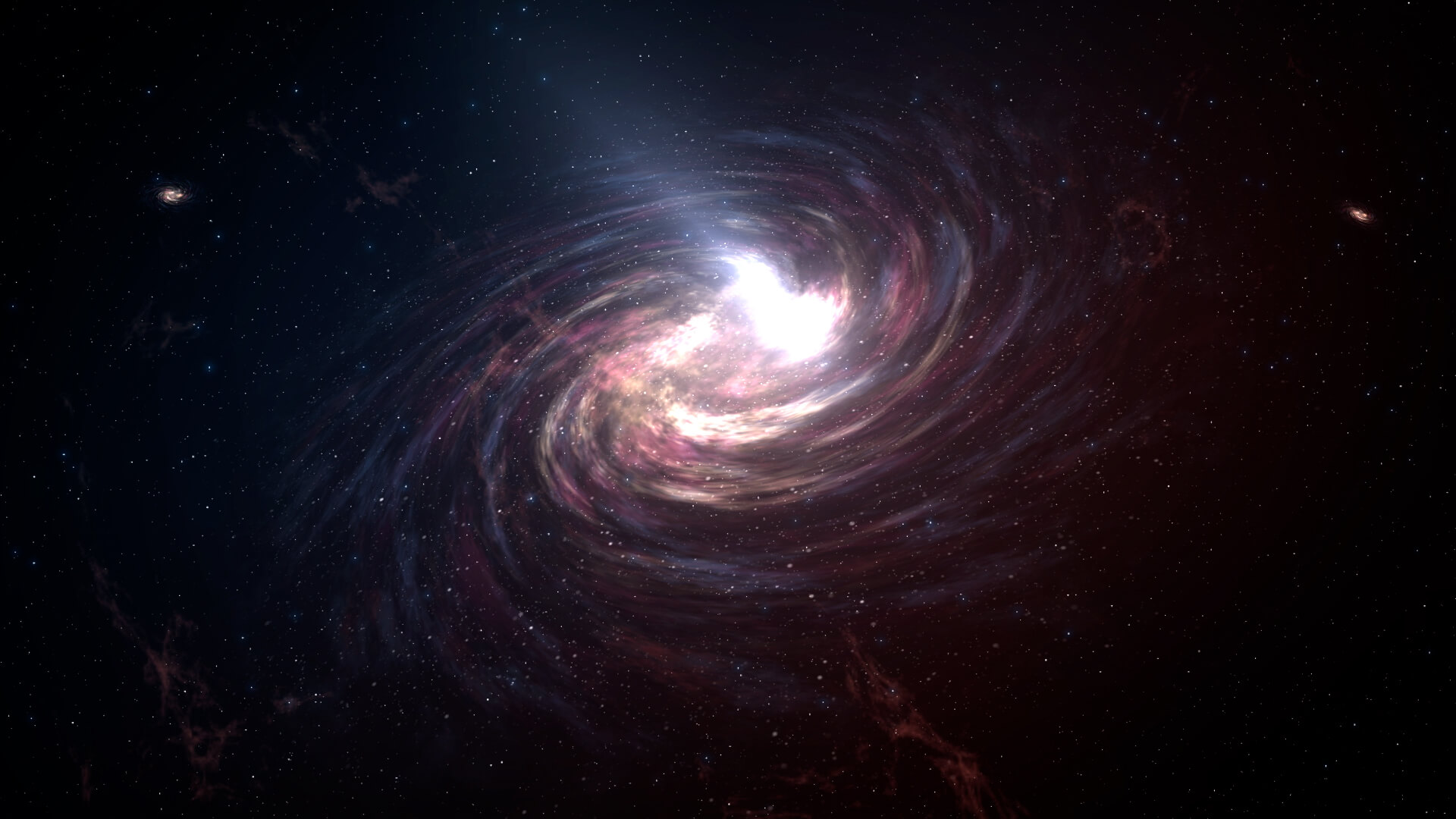Imagine being in a car that keeps accelerating without any idea of who’s pressing the gas pedal. Well, that’s essentially what’s happening with our universe. Since the Big Bang, the cosmos has been expanding, but here’s the surprise: instead of slowing down gradually as we expected due to gravity, it’s speeding up. What on earth is going on? The answer seems to be something called dark energy. Yes, it sounds like a gothic metal band, but it’s far more enigmatic and, unfortunately, less understood.
The Mystery of Accelerated Expansion
First, a bit of cosmic history. After the Big Bang, the universe started expanding. So far, so good. Scientists thought this expansion would gradually slow down over time because, well, gravity tends to pull things together. But in the late 90s, thanks to some studies on supernovae (spectacular stellar explosions), we realized that things weren’t so simple. Instead of slowing down, the universe was accelerating. Bam! It was like discovering that your car, instead of running out of fuel, has a secret turbo boost pushing it faster.
What is Dark Energy?
This is where dark energy, our main suspect, comes into play. This mysterious “force” or “energy” seems to be pushing the universe outward, causing it to expand faster and faster. It accounts for approximately 70% of the total content of the universe. Yes, you read that right: 70%. It’s like discovering that most of your pizza is invisible but still filling you up.
Dark energy isn’t something we can see, touch, or feel. It doesn’t shine, and it doesn’t interact with ordinary matter in a way we can detect, but we know it’s there because it affects the expansion of the universe. It’s like that friend you never see but who always leaves strange messages on your phone. You know they exist, but you don’t understand what they’re up to.
How Do We Know Dark Energy is There?
The most solid evidence comes from observing supernovae, particularly those known as Type Ia supernovae. These stellar explosions act as “standard candles” in the universe because they always have a similar brightness. By measuring how bright a supernova appears from Earth, astronomers can calculate its distance. It turns out they’re farther away than they should be if the universe were expanding at a constant rate or slowing down. This can only be explained if there’s an unknown force accelerating the expansion of the universe.
Another witness to this accelerated expansion is the cosmic microwave background radiation, a remnant of the Big Bang that fills the entire universe. Detailed observations of this radiation show that the structure of the universe is inflated, like a balloon that someone keeps blowing up endlessly.
Theories About Dark Energy
Now, the big question: what exactly is dark energy? Well, this is where things get murkier than a low-budget sci-fi movie. There are several theories, but none are entirely satisfactory.
One of the oldest ideas comes from Albert Einstein, who introduced something called the “cosmological constant.” Essentially, it’s an energy inherent to space itself that acts as a repulsive force. Einstein actually thought this constant was his “biggest blunder” because he used it to explain a static universe. But, as we all know, the universe isn’t static; it’s expanding. And now, it seems this constant might not have been a mistake after all.
Another possibility is that dark energy is the result of a new form of dynamic energy called “quintessence.” No, it’s not a name pulled from Harry Potter. Quintessence would be a kind of field that permeates space and changes over time.
And then there are the more exotic theories, like the idea that dark energy could be related to extra dimensions in space. Yes, like in sci-fi movies where characters jump into another dimension.
What’s Next? The Future of Dark Energy Research
With all this mystery, what are scientists doing about it? Well, they’re working hard to try to understand what’s going on. Telescopes like the Hubble Space Telescope and future missions like the James Webb Space Telescope and the Vera Rubin Observatory are designed to observe the universe in unprecedented detail. These instruments will help map the expansion of the universe more precisely, searching for more clues about the nature of dark energy.
Additionally, ground-based experiments like the Dark Energy Survey and the European Space Agency’s Euclid mission are being planned to measure the effects of dark energy on galaxies and galaxy clusters. All of this is in the hope that we can one day identify the nature of this mysterious force.
We Live in a Dark Universe (Literally)
Dark energy is one of the universe’s great mysteries. We know it’s there, but we don’t know what it is. It’s like knowing you have a winning lottery ticket but not knowing where you put it. The fact that 70% of the universe is made up of something so enigmatic is a humbling cosmic lesson: there is so much we don’t understand.
But, like any good mystery, the quest for answers is as exciting as the solution itself. We’re on the brink of discovering something that could change our understanding of the cosmos forever. And although we only have questions now, every step we take brings us closer to the truth. Because, in the end, isn’t that the essence of science? To ask, explore, and discover.
So, the next time you look up at the night sky, remember: there’s more than meets the eye. Much more. And in that darkness, there’s an unknown energy moving the pieces of the great cosmic puzzle. Dark energy is the universe’s greatest mystery, and we’re here, trying to solve it, step by step, with every star we observe and every theory we test. Because even though we can’t see it, we feel it, and that’s enough to keep searching.










